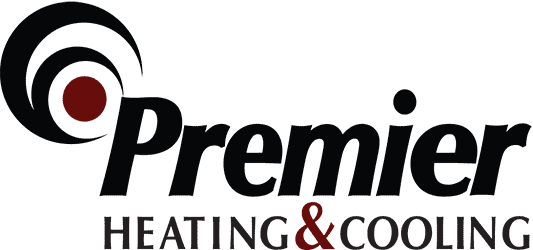What Does AFUE Mean?

While an air conditioner’s efficiency is measured by its SEER (Seasonal Energy Efficiency Ratio) rating, an electric, gas, or oil-fired furnace’s efficiency is measured by its AFUE, or Average Fuel Utilization Efficiency. This standard measurement is given in percentages, letting you know how much of your fuel is actually used to heat your home and much fuel is wasted.
The higher the AFUE rating, the more efficient the unit is. Typically the ratings or percentages you’ll see on new furnaces range from 80 to 100 percent (contingent upon the fuel type of furnace being rated). If a furnace has an AFUE of 80 percent, this means the furnace converts 80 percent of the fuel to heat your house, while the remaining 20 percent is lost, usually out the chimney.
How to Use AFUE When Purchasing a New Furnace
Keep in mind that AFUE is only the efficiency of that furnace to convert fuel into heat. The higher the number, the better it is at that conversion. So, yes, that will save in energy costs. But the higher-efficiency furnaces also cost more than their lower-efficiency comrades. That’s something you need to be mindful of when new-furnace shopping. You need to weigh these factors against one another, as well as the cost of your type of furnace fuel, when looking to make that decision. Our technicians at Premier Heating & Cooling here in Rhinelander, WI, are experts at factoring all these components into the best recommendations for a new furnace for you. Call us any time for an appointment.
In general, the type of fuel your furnace uses is more important in determining the optimal furnace for your home than the AFUE is. Fuels such as gas, propane, and electric vary greatly in cost and need to be one of the first decisions you make when it comes to purchasing a new furnace. Once you’ve decided which fuel you’ll be using (you may opt to change your fuel source from your present one when upgrading), then compare the AFUE ratings on furnaces with that fuel source.
Don’t compare an electric furnace’s AFUE to a gas furnace’s rating. They’re totally different. And as mentioned above, if you’re doing a cost analysis on your upcoming furnace purchase, be sure to factor the fuel costs into your analysis. Even though an electric furnace may have an AFUE rating of 100 percent, the cost of electricity is higher than gas. So while the gas-furnace’s AFUE rating of 96 percent indicates it’s more costly in its efficiency than the electric furnace, it’s actually be cheaper for you to go with the gas furnace due to the high cost of electricity.
Questions to Ask When Furnace Shopping
What are my long-term goals for my home?
If you’re only staying in your home for a few years, then purchasing a furnace with a lower AFUE may be the way to go. It will cost less, and there’s no way to recoup the price difference between a higher-efficiency unit and the energy-costs saved in just a couple years. If you’re planning on retiring in this home, then you would definitely recoup that cost and go on to save more with your energy bills throughout the years.
What type of furnace fuel will I use?
This question may be determined by your home’s location––suburban area vs. rural area, city and state vs. other cities and states. Call Premier Heating & Cooling for answers to what’s most used here in Rhinelander, WI. Also, call around for various fuel pricing. Just because you have a specific-fueled furnace now doesn’t mean that it’s the most efficient now, fuel wise. You may find another even more cost effective.
Once you know the answers to these two questions, you can competently shop for your new furnace directly comparing AFUEs. Factor in your annual heating costs when comparing different furnaces with similar (or different) AFUEs, and you’ll have a sound process for helping you to decide the best furnace for your home and goals.
Contact the experts!
Need HVAC service?
Contact the experts at Premier Heating & Cooling.
Call us at 715-453-4700!
